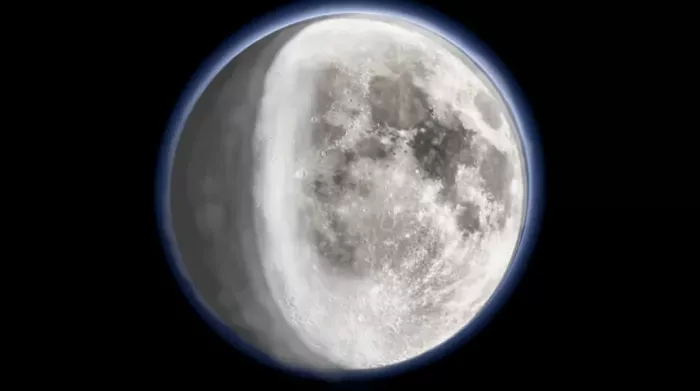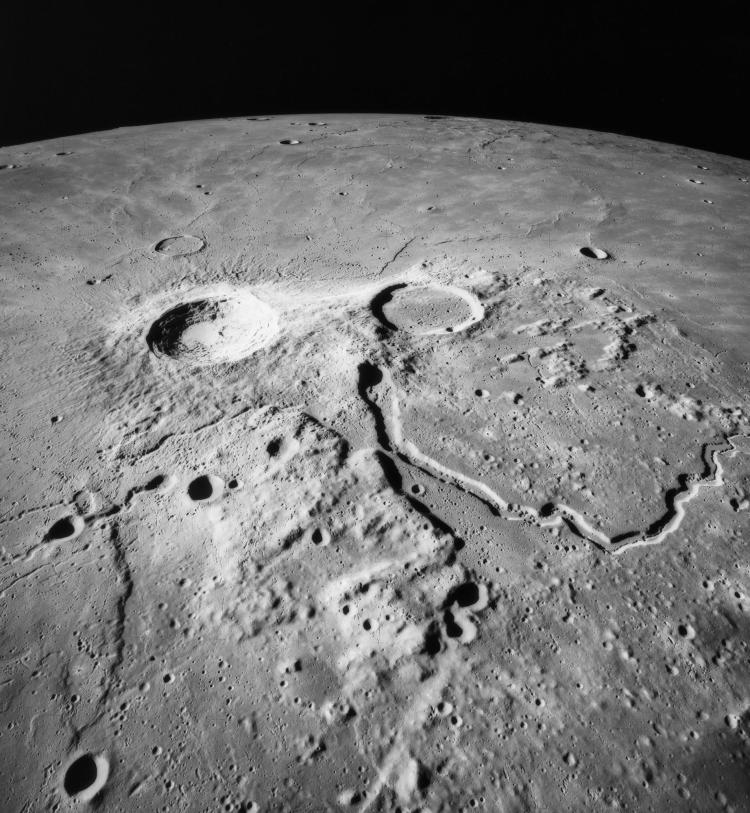According to CNET, NASA's Artemis program is not just about bringing astronauts back to the moon for a short trip. The space agency has plans to build a permanent base, which focuses on where water resources may be found on the moon Astronauts should study the water left behind by ancient volcanoes, according to a new study

Today's moon seems to be a quiet place, but volcanic eruptions shook it billions of years ago. A study by researchers at the University of Colorado at Boulder suggests that the moon's poles may have ice hundreds of feet thick, a legacy of its volcanic history.
Published in [Journal of Planetary Science] in May( https://iopscience.iop.org/article/10.3847/PSJ/ac649c/meta ) 》Andrew wilcoski, the lead author of the paper on, made a [statement] in Cu boulder on Wednesday( https://www.colorado.edu/today/2022/05/18/astronauts-may-one-day-drink-water-ancient-moon-volcanoes ) "We assume that it is frost on the moon, which has accumulated over time," Zhong said

The team used computer simulations to study the effects of volcanoes. These models show that water vapor from volcanoes returns to the surface, where ice forms, a process researchers compare to frost on earth after a cold night. "According to the team's estimate, about 41% of the water from volcanoes may have condensed on the moon in the form of ice," the University researchers said
The study has increased scientists' understanding of the evolving water of our lunar "neighbors". In 2020, NASA announced conclusive evidence of water on the moon. We know where it is, but there are still some problems, such as where, how many, where it comes from, and how to get there. An earlier paper in 2022 discussed how the earth contributed water to the moon.
If the computer simulation is true, it means that there may be a thick layer of ice hidden in the crater, hidden under the lunar soil. The water can be used for drinking or making rocket fuel. Robot or human explorers can prove this. "We really need to dig into it and look for it," wilcoski said
NASA's volatile matter survey polar exploration vehicle (Viper) is expected to launch in 2023. It will look for the ice layer at the south pole of the moon and provide researchers with a new data layer so that they can get water on the moon.